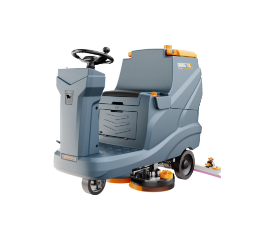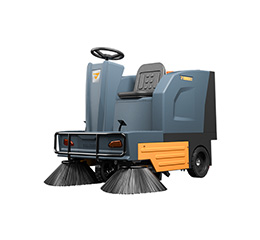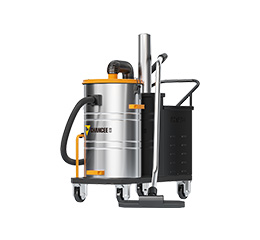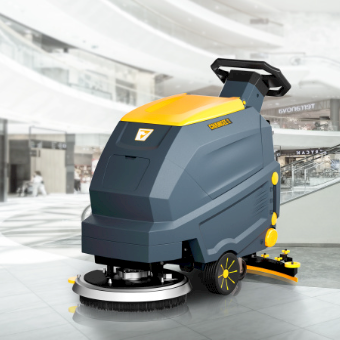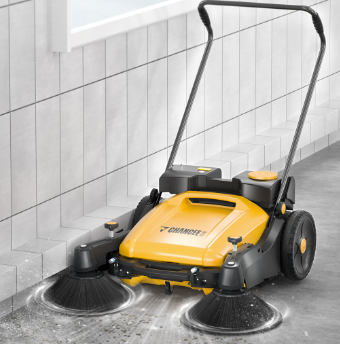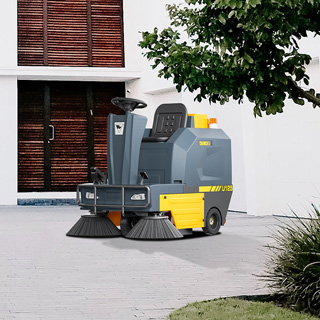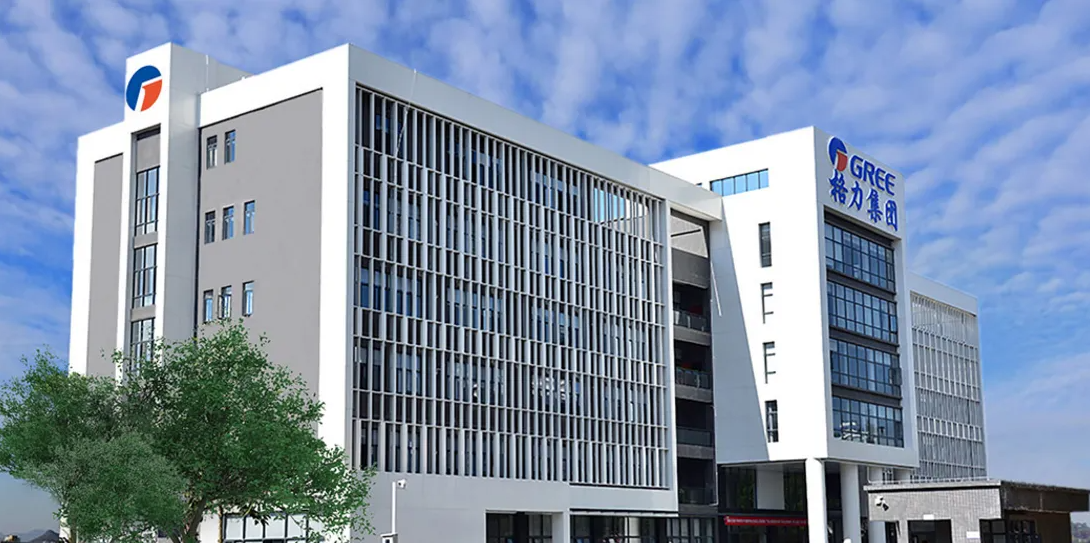Commercial Robotic Floor Scrubbers significantly improve shopping mall cleaning efficiency and reduce labor costs through autonomous navigation and multi-functional cleaning modes. The following is the standard operating procedure:

1. Preparation and startup:
Remove the robot's protective components, connect the power cord, and wait for the system self-check to complete.
When using for the first time, you need to check and configure Wi-Fi and set basic parameters, and ensure that the machine is placed on a flat surface with no obstacles around it.
2. Map building and mission settings:
Start the quick mapping function on the machine screen. The robot uses lidar or multiple sensors to build a centimeter-level accurate map of the shopping mall, supporting multi-story memory and elevator recognition.
Set up a cleaning plan: select the cleaning order (such as corridors, shops), name the task and specify the mode (washing, sweeping or vacuuming), and support modular components to be replaced with one click to adapt to different floors.
3. Perform cleaning tasks:
The robot navigates and tracks autonomously, uses four-dimensional algorithms to avoid obstacles and optimize its path, and can sense more than 20 types of objects such as water stains and garbage in real time.
After starting the task, the robot automatically performs four-in-one cleaning: sweeping/washing/pushing/vacuuming. Its powerful suction power efficiently handles dust and debris, and it returns to charge when the battery is low.
4. Maintenance and management:
Dump the sewage tank and clean the brush plate after cleaning. Simple daily maintenance can extend the lifespan. Check the cleaning log and traffic heat map through the cloud platform to optimize the frequency.
Please check the battery and sensors regularly to ensure stable operation in complex environments.

